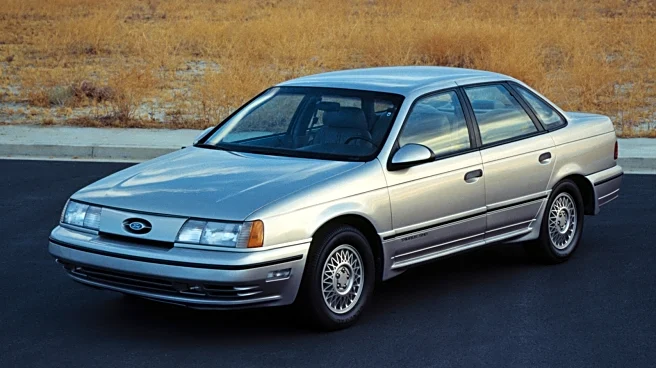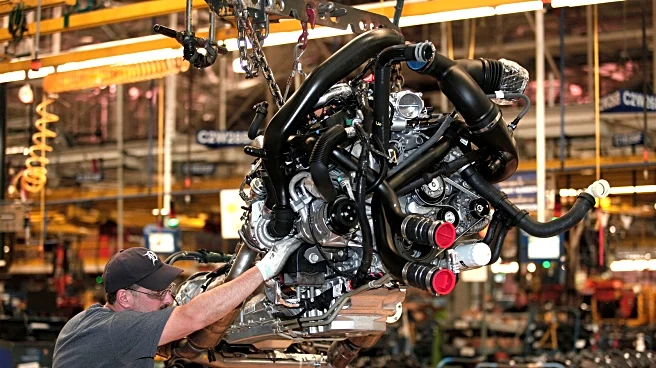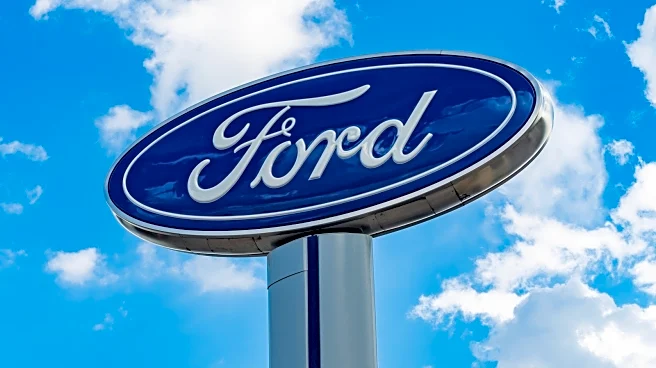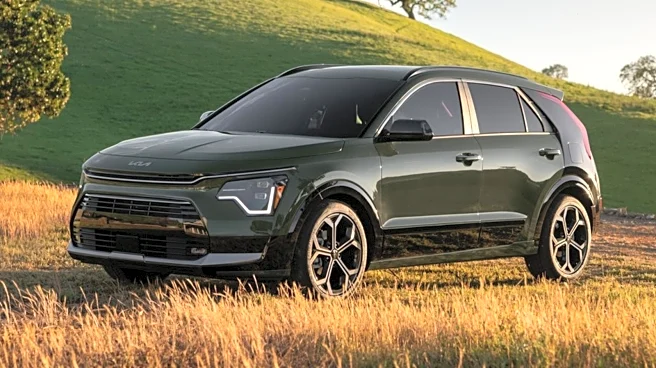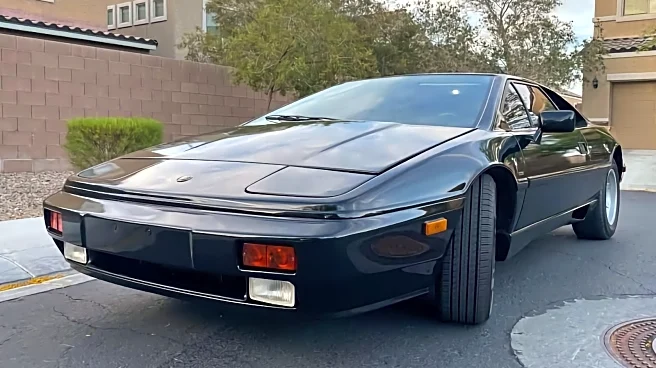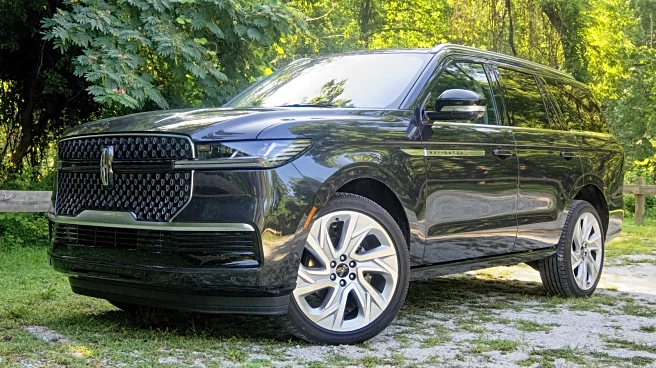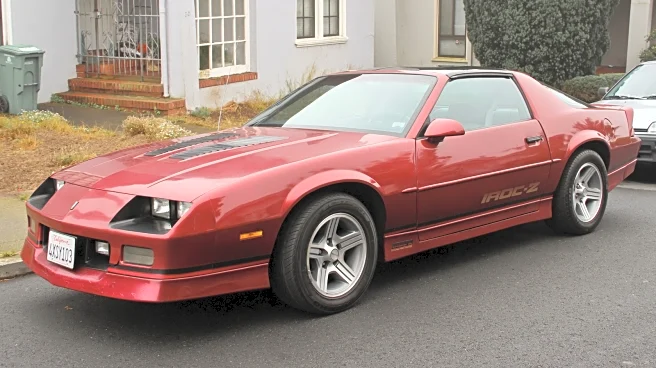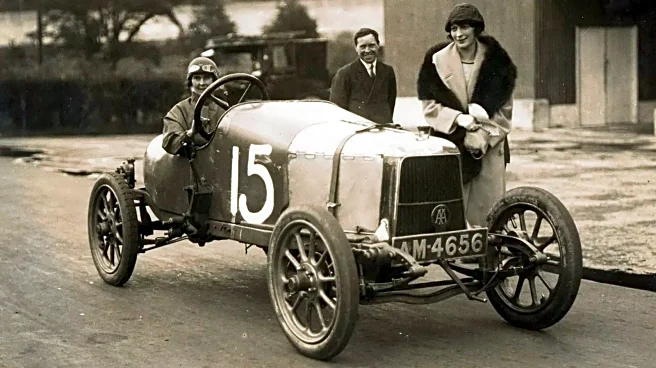
Ford's Taurus SHO journey started way back in 1989, when the first iteration debuted. Sticking SHO on the back of a Taurus signified it as a performance model, with SHO standing for Super High Output. This was more than just a marketing gimmick, too, as each of the four Taurus SHO generations had the horsepower to match the badge's claims.
First-gen models gave home to a Yamaha-engineered 3.0-liter V6, which was worlds apart from what a typical commuter-spec Taurus would be boasting at the time. Features
included dual overhead cams, 24 valves, and a variable-length intake manifold. The SHO V6 boasted an output of 220 horses, alongside 200 lb-ft of torque, which was more than enough for a sporting sedan of the '80s, even if the numbers are a little uninspiring in 2025. Such an output enabled this otherwise perfectly sensible family sedan to complete that all-important zero-to-60 mph dash in just 6.6 seconds, and it would keep on accelerating until it hit a seriously impressive 143 mph. That's 1 mph faster than a period Corvette, no less.
Complimenting the surprisingly surprising V6 lump was a Mazda-designed five-speed manual. It's reported that the powertrain was able to rev up to a heady 8,000 rpm, although the rest of the car was very much still a late '80s Ford, and so the redline was capped at 7,000 rpm. Finishing things off, add-ons like stiffer springs, firmer dampers, thicker anti-roll bars, and harder bushings, ensured the Taurus SHO was more than just a big engine in a place it didn't belong. Elsewhere, upgrades such as unique wheels, performance seats, and subtle cosmetic tweaks completed the look.
Read more: Cheap-Feeling, Underpowered, Or Just Ugly, These Cars Don't Justify Their Price
Following The Taurus SHO Timeline

That covers the first chapter of the SHO story, but each generation is worth investigating. Second-gen models, which ran from '92 til '95, retained the same 220-horsepower V6 to begin with, but an automatic transmission was added in 1993. Perhaps more notable, an increase in displacement to 3.2 liters for those auto-equipped models, which saw an extra 15 lb-ft of torque sent to the wheels.
This was immediately followed by the soap-bar third-gen Taurus SHO in '96, which once again sported a powerful engine co-developed with Yamaha. This time, however, the SHO sported an extra two cylinders -- that's right, the Taurus once housed a V8 -- and it boasted an output of 234 horsepower alongside 230 lb-ft of torque. The only choice was a four-speed auto, which in hindsight is a real shame, as a stick-shift, V8-powered Taurus sounds like a real hoot. Unfortunately, reliability woes stopped the third-gen from being a real gem, and sales dwindled quickly, with just 3,300 units finding a home in its final year, 1999.
This was followed by a period of quiet, but then a sixth-gen Taurus revived the SHO name in 2010. A V6 was once again opted for, this time, Ford's 3.5-liter EcoBoost twin-turbo V6, which kicked out a mighty 365 hp and 350 lb-ft to all four wheels through a six-speed automatic. As the numbers might suggest, this was the fastest iteration yet, sporting a zero-to-60 mph time of just 5.2 seconds. Once more, SHO-specific suspension tuning and an optional Performance Package provided the often overlooked sedan with some serious sporting potential. Production lasted until 2019, and with Ford's current sedan allergies, it's unlikely we'll see the nameplate revived any time soon.
Want more like this? Join the Jalopnik newsletter to get the latest auto news sent straight to your inbox...
Read the original article on Jalopnik.
